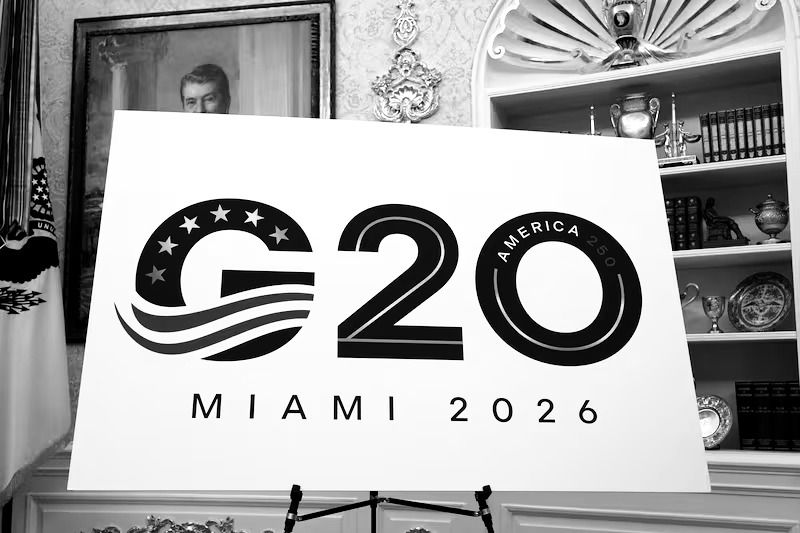Supreme Court Section 2 Ruling: What’s at Stake and What It Could Mean in Florida
- Insights

- 4 days ago
- 2 min read
Florida Republicans are positioned to party like it’s 1999....pending the Supreme Court’s Section 2 ruling.

The case centers on Section 2 of the Voting Rights Act, which currently prohibits redistricting plans that dilute minority voting power. A decision is expected by June 2026 — just months before the general election.
Supreme Court ruling limiting Section 2 would shift power from federal courts to state policymakers — a dynamic that places Florida in a uniquely advantageous position compared to other Southern states.
What the case is about
The Court is weighing whether federal law can continue to require states to draw minority-opportunity districts — and whether private plaintiffs may continue filing such challenges at all (not just the U.S. Department of Justice).
A narrowed interpretation would:
Reduce litigation risk for state-drawn maps
Limit federal oversight of racial vote-dilution claims
Encourage state legislatures to pursue more aggressive redistricting strategies
In political terms, that means: Republicans are positioned to benefit.
National political implications
If the Court significantly restricts Section 2 enforcement:
Southern states could redraw before November 2026
GOP could gain low double-digit House seats — potentially more if timelines align
Several high-growth states (TX, GA, NC) become redistricting battlegrounds again
A 15–20 GOP seat pickup nationally is possible, but depends on:
Speed of state legislative action
Courts permitting changes mid-cycle
How far the Court goes in rewriting Section 2 doctrine
How the Supreme Court Section 2 ruling shapes Florida's electoral map
Florida’s current 20–8 GOP congressional map was upheld by the Florida Supreme Court in July 2025. That ruling eliminated the only previous minority-opportunity district in North Florida — and signaled support for the Legislature’s broad discretion.
If the U.S. Supreme Court weakens Section 2:
Federal legal barriers disappear
DOJ loses leverage
Florida’s Legislature gains full freedom to redraw maps to maximize GOP strength
Translation for 2026
✅ Florida is likely to pursue map changes prior to the election
✅ Unified GOP control of the state enables rapid execution
✅ Any redraw would strengthen — not weaken — GOP numbers
✅ Campaigns must prepare for last-minute changes to boundaries and district numbering
In this environment, Florida campaigns should:
Keep fundraising at full speed — candidates need only reside in the state, not the specific district
Message around regions and media markets, not specific district numbers
Maintain granular voter and donor targeting by county
Include provisional disclaimers in campaign materials:“District boundaries subject to change pending litigation/legislative action.”
Be ready to re-brand (district number, county list) on short notice
Operational discipline = competitive advantage.
Bottom Line
Florida is not waiting on the Court — Florida is the opportunity.
While other states brace for disruption, Florida’s leadership can move decisively and unilaterally to expand Republican advantage. The map may change — but Florida’s dominance in congressional representation is positioned to grow stronger.
Campaigns that stay nimble, aggressively raise early resources, and build broad regional coalitions will be best positioned to capitalize on the clarity — and potential expansion — the Supreme Court may unlock.



